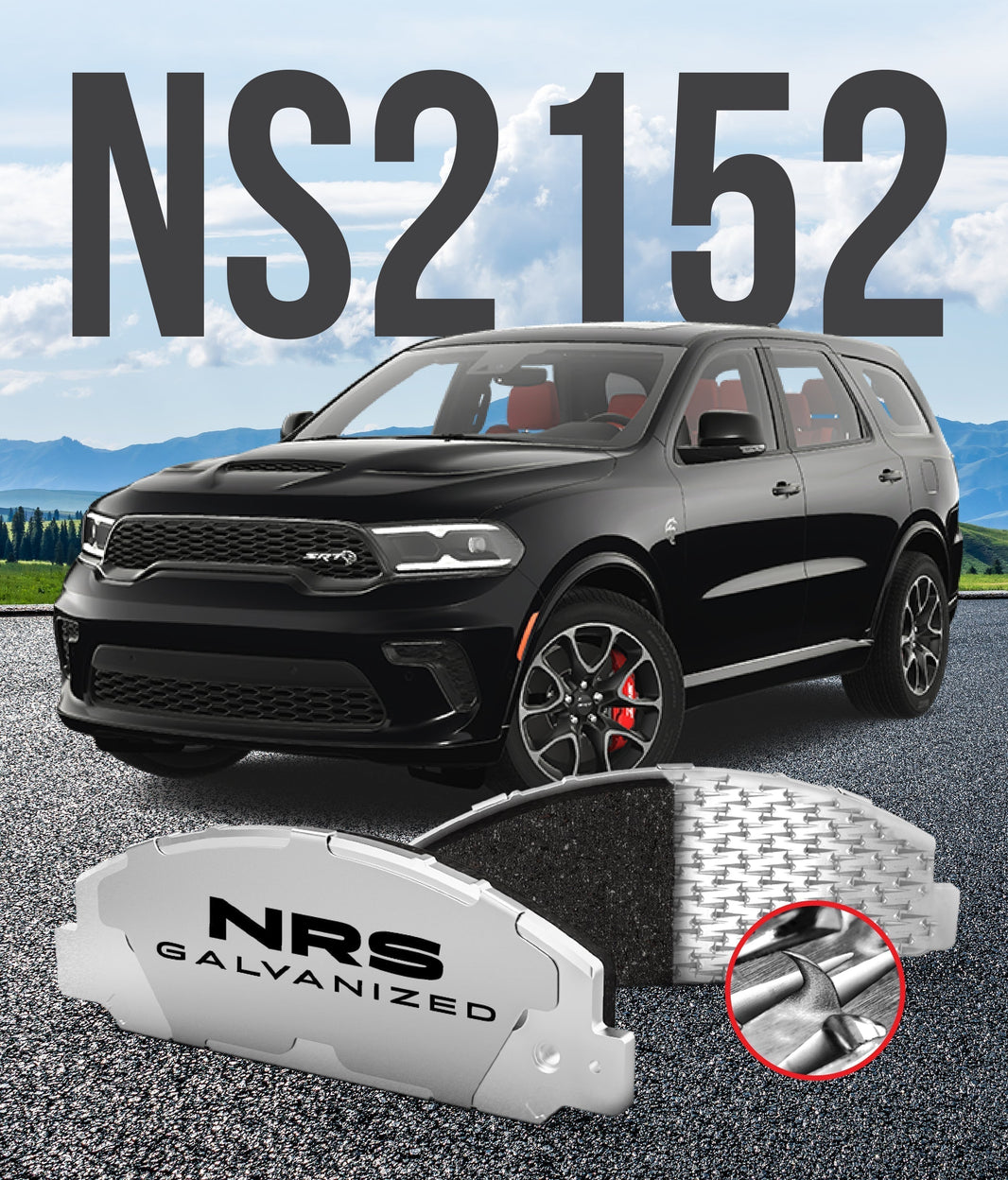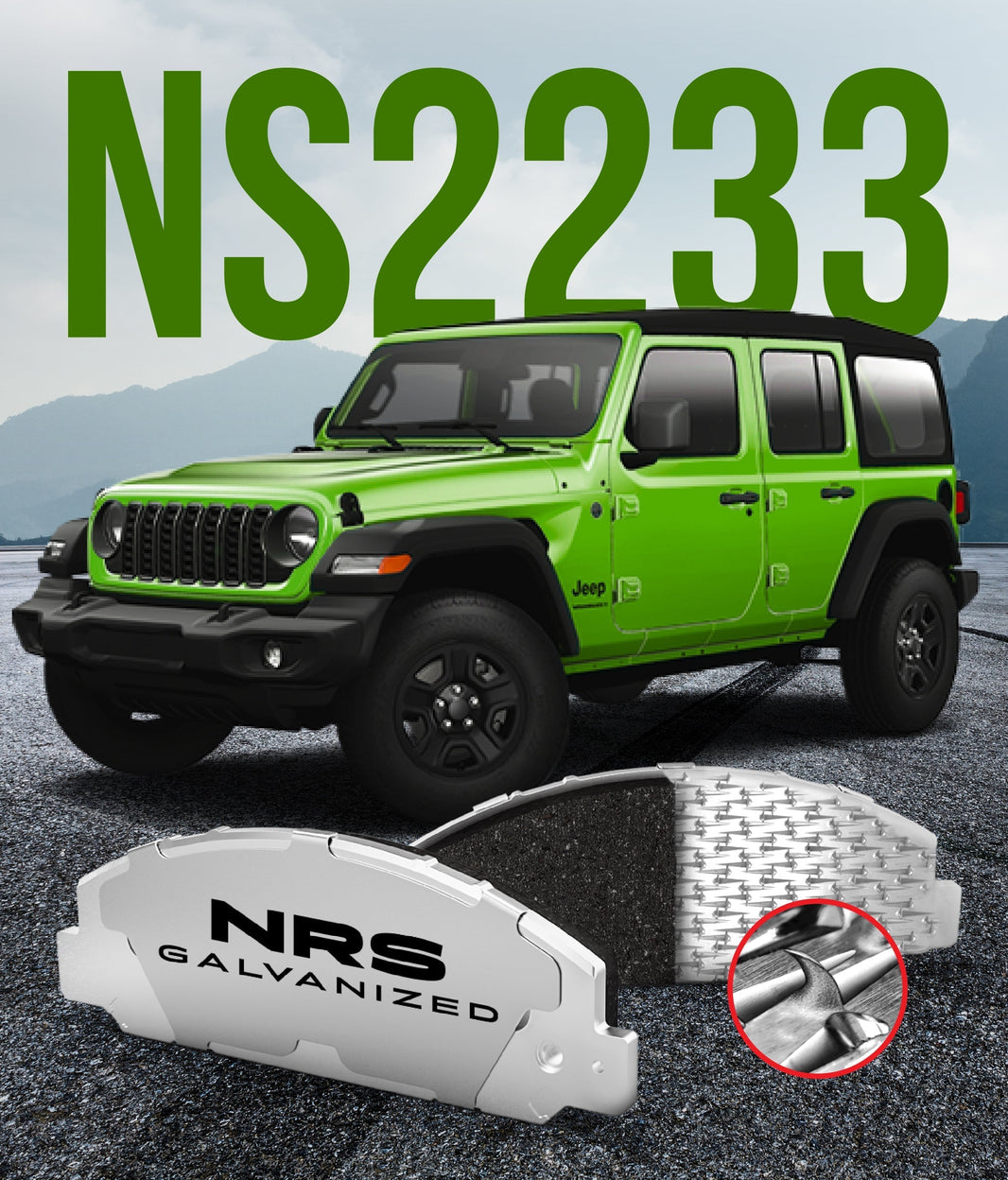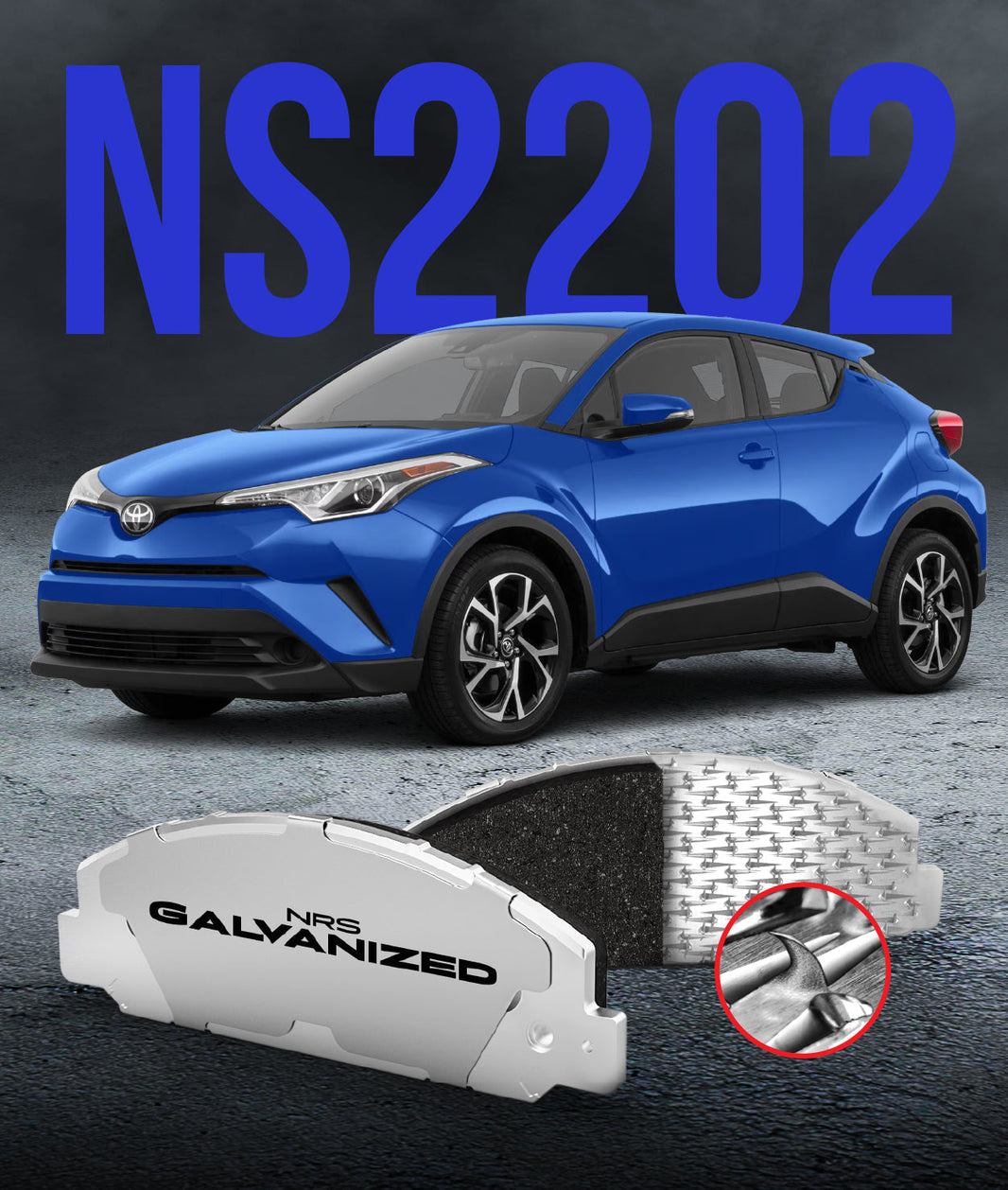 Have you ever looked through the wheels of a car and noticed that the brakes on the front look different from the ones on the back? You might see a modern, open-looking disc brake up front, but a closed, solid drum brake in the rear. It might seem strange that a car company would mix and match two different technologies from the main parts of a braking system for a job as important as stopping.
Have you ever looked through the wheels of a car and noticed that the brakes on the front look different from the ones on the back? You might see a modern, open-looking disc brake up front, but a closed, solid drum brake in the rear. It might seem strange that a car company would mix and match two different technologies from the main parts of a braking system for a job as important as stopping.
This isn't an accident or a shortcut; it's a very deliberate engineering decision. There are clear reasons based on physics, cost, and design that explain why cars have disc and drum brakes. Understanding this choice helps you appreciate the smart engineering that goes into the car you drive every day.
A Quick Look: Disc Brakes vs. Drum Brakes
Before we get into the "why," let's quickly review the two types of brakes. Think of them as two different ways to create the friction needed to slow a wheel. They both get the job done, but they go about it in completely different ways.
Knowing the basic operation of each makes it much easier to understand why one is better suited for the front and the other works just fine for the rear.
Disc Brakes: The Squeezer
A disc brake works a lot like the hand brakes on a bicycle. A large metal disc, called a rotor, is attached to and spins with the wheel. A hydraulic clamp, called a caliper, fits over the edge of the rotor.
When you press the brake pedal, the caliper squeezes brake pads against the spinning rotor, creating friction that slows the car. This open design is very good at getting rid of heat, but its exposure means you should worry less about rusty rotors and more about rusty brake pads.
Drum Brakes: The Pusher
A drum brake is an older design that works in the opposite way. A hollow metal drum is attached to the wheel and spins with it. Inside the drum, there are curved brake shoes that face outward.
When you hit the brakes, a hydraulic cylinder pushes these shoes out against the inside surface of the spinning drum. The friction between the shoes and the drum slows the car down, and it's useful to know the difference between brake shoes and brake pads.
The Physics of a Panic Stop
The main reason for the disc/drum split comes down to one thing: weight transfer. When you brake hard, your car’s momentum causes its weight to shift forward onto the front wheels. Think about how your body lurches forward in your seat during a sudden stop; the car does the same thing on its suspension.
This shift means the front tires have much more grip on the road than the rear ones. Because of this, engineers design the braking system so that the front brakes do most of the work—typically 70% to 80% of the total stopping. This distribution of effort is known as brake bias.
An Engineered Compromise: Front Disc Rear Drum Brakes Explained
Since the front brakes handle the majority of the stopping force, it makes sense to put the more powerful and efficient brake type there. The rear brakes still play a role, but their job is less demanding. This is why engineers often choose a mixed system; it's a balance of performance, cost, and function.
Let's look at the specific reasons why engineers choose this popular setup.
Performance and Heat
The biggest enemy of a braking system is heat. Friction creates heat, and too much of it can cause a dangerous condition called brake fade, where the brakes stop working effectively. Because the front brakes do so much work, they generate an enormous amount of heat.
Disc brakes, with their open design, are excellent at shedding this heat into the surrounding air. Drum brakes, being enclosed, are not nearly as good at heat dissipation. Putting discs up front ensures you have fade-free stopping power where it is needed most.
The Cost Factor
Another simple reason for the mix-and-match system is cost. Drum brake systems are generally less expensive to manufacture than disc brake systems. They have been around for a long time, and the production methods are very well established.
For many economy cars, small SUVs, and trucks, using drum brakes in the rear is a smart way to keep the vehicle's price down. Since the rear brakes don't work as hard, the performance of a drum brake is perfectly adequate for the job. This saves money without making a meaningful compromise on safety for most driving conditions.
The Parking Brake Mechanism
Drum brakes have a neat, built-in advantage when it comes to the parking brake (or emergency brake). The design of the brake shoes makes it very easy to add a simple, mechanical cable system that pushes the shoes against the drum to hold the car in place. This makes for a reliable and low-cost parking brake mechanism.
While disc brakes can certainly incorporate a parking brake, the mechanisms are often more complex and expensive. Sometimes they require a whole separate mini-drum brake built inside the rotor, known as a "drum-in-hat" system. The simplicity of the drum brake's parking system is a big point in its favor for rear-axle use.
Key Differences at a Glance
To make it easy to compare, here is a list of the main differences between the two systems.
-
Heat Management: Disc brakes are far superior at getting rid of heat, making them resistant to brake fade.
-
Wet Weather Performance: Disc brakes clear water from their surfaces quickly, while drum brakes can trap water, reducing their effectiveness temporarily.
-
Maintenance: Changing brake pads on a disc brake system is usually a simpler job than changing the brake shoes in a drum system, which has more springs and small parts.
-
Self-Adjusting: Both systems are self-adjusting as they wear, but the mechanism in disc brakes is generally more reliable.
-
Stopping Power: Under normal conditions, both can lock up a wheel. However, disc brakes provide more consistent power stop after stop.
Is a Car with Rear Drum Brakes Unsafe?
So, is a car with rear drum brakes less safe than one with four-wheel discs? For the vast majority of cars and drivers, the answer is no. A properly designed front-disc, rear-drum system provides excellent, reliable stopping power for all normal and emergency situations.
High-performance sports cars and heavy-duty trucks use disc brakes on all four wheels because they are pushed to extremes. These vehicles need the extra heat capacity provided by four discs and the best brake pads for performance and safety. But for your daily commute, a mixed system is a clever and effective piece of engineering.
A Balanced Approach to Braking
The disc/drum brake combination is a perfect example of smart automotive engineering. It applies the right tool for the right job based on the simple physics of how a car stops. The system uses high-performance, heat-resistant disc brakes on the hard-working front axle and relies on the cost-effective and simple drum brake for the less-stressed rear axle.
At NRS Brakes, we understand the importance of quality components for every part of your brake system. We engineer and manufacture the Best Brake Pads in North America, with patented technologies that ensure our brake pads made in Canada offer superior performance and safety. Whether your car has four-wheel discs or a disc/drum setup, using premium pads is the best way to ensure it stops safely every time.
Now that you know the logic behind it, have you checked to see what kind of brake setup your own car has?




